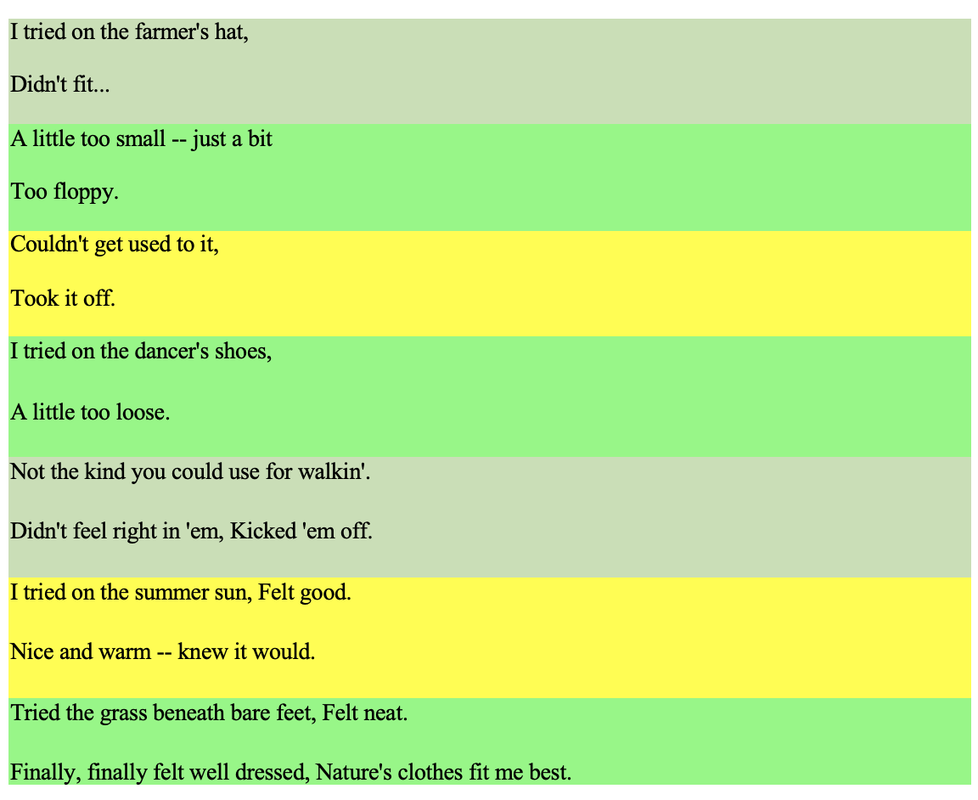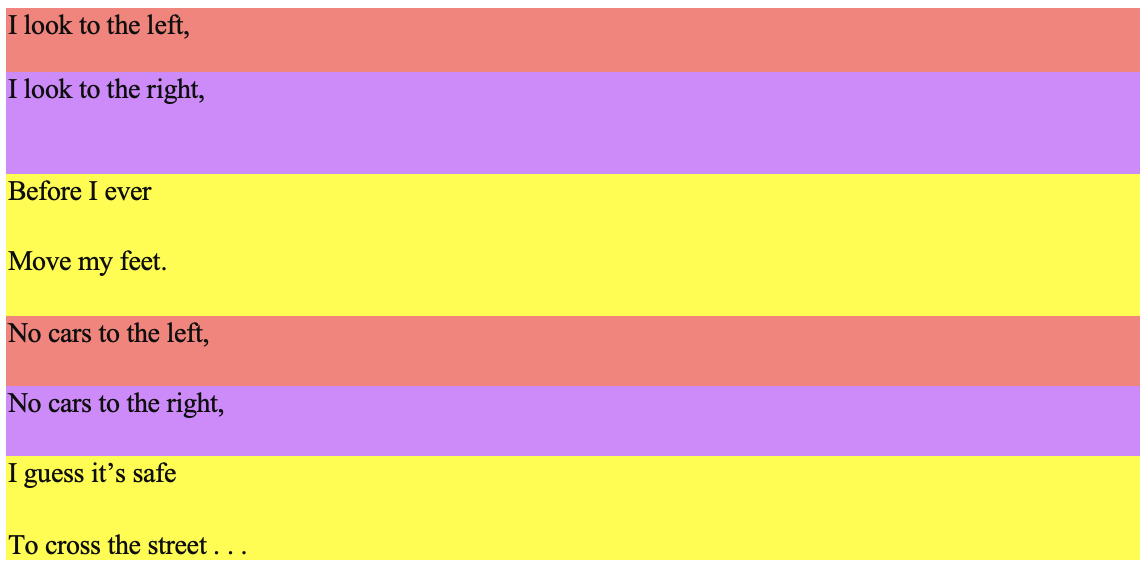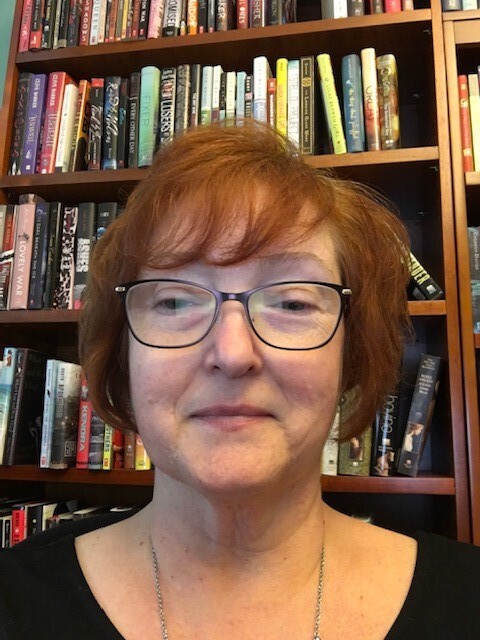Placing students in situations where they must read unfamiliar material aloud to classrooms via popcorn reading, reading in the order of their seating, small groups, or any other method is usually less than ideal. Further, doing so is detrimental to poorer readers having more difficulty with pronunciation (true of anyone suddenly asked to perform), causing embarrassment and certainly lowering self-esteem.
Generally, students are more concerned with their personal contribution rather than listening to others; before their turn they are focused upon what they are to read and afterwards, relieved to be finished, pay little attention to others. Such types of reading aloud do not allow for much understanding or familiarity of the piece selected, or enjoyment.
Importance of Reading Aloud and Listening
- Engagement in expressive reading [enunciation, expression, tone, pausing, etc.] as reading the text as it was meant to be heard.
- Develops stronger vocabularies and more sophisticated language structures [symbolism, nuances, reading in-between the lines, foreshadowing, etc.]. Listening to that which they may skip or misunderstand in print assists student understanding/knowledge.
- Increases attention spans, learning how to listen for important points, and listening to others. Students have forgotten how to listen in our technology-heavy classrooms as information is often given to them. Listening requires students to acquire needed information.
- Assists in understanding more sophisticated pieces.
- Helps students visually picture a scene; those who are poorer readers or read infrequently tend not to visualize details (a character’s appearance, the events occurring during a party portrayed) while reading.
- Naturally, it provides more practice with the English language for ESL/ELL students.
- If done correctly, reading aloud and listening improve student skills and confidence.
As with most new activities, begin with poetry that is easier to understand, allowing students’ prior understanding of terminology, meaning, etc. The task here is having more than one read from the same poem and deciding which verse combination expresses the piece most effectively, and why.
All poems are from Shel Silverstein.
Silverstein, S. (1974). Where the sidewalk ends. Evil Eye Music Inc.
Silverstein, S. (1981). A light in the attic. Evil Eye Music Inc.
- This activity may be completed on paper, using highlighters, or directly on the computer, then downloading and printing.
- Students are placed into groups that equal the number of readers for each poem (2-3); two readers are generally best for shorter works and three for larger ones.
- Groups may be given the same poem for comparison/contrast discussions, or different poems for each to hear a wider variety.
- After the group reads the poem, each selects their color (green, yellow, orange) and practice highlighting lines that will be read by each person. After deciding upon its most effective reading, they should be able to state why this version was chosen. Next is double-checking that each in the member has the same highlighted lines, followed by practicing reading aloud.
- Once students become more confident with this activity, two or more may read the same line or lines.
- For reading, students should stand apart in the classroom, such as one on either side and the third at the back, one on both sides, etc. This provides a stronger version to listeners, as they are focused upon hearing the poem rather than watching a group at the front. It also eases reader embarrassment, as such placement removes the feeling of being on display.
- Students read the poem aloud to the class by the colors selected and the order appearing in the poem.
- Whole class discussion can begin after each poem, or after all have been read, considering each separately.
Examples
Tryin' On Clothes

She also serves and provides leadership for numerous NCTE assemblies, special interest groups, and committees, especially ELATE, and as an avid reviewer she regularly evaluates young adult literature novels and manuscripts for various journals and publishing houses.










 RSS Feed
RSS Feed